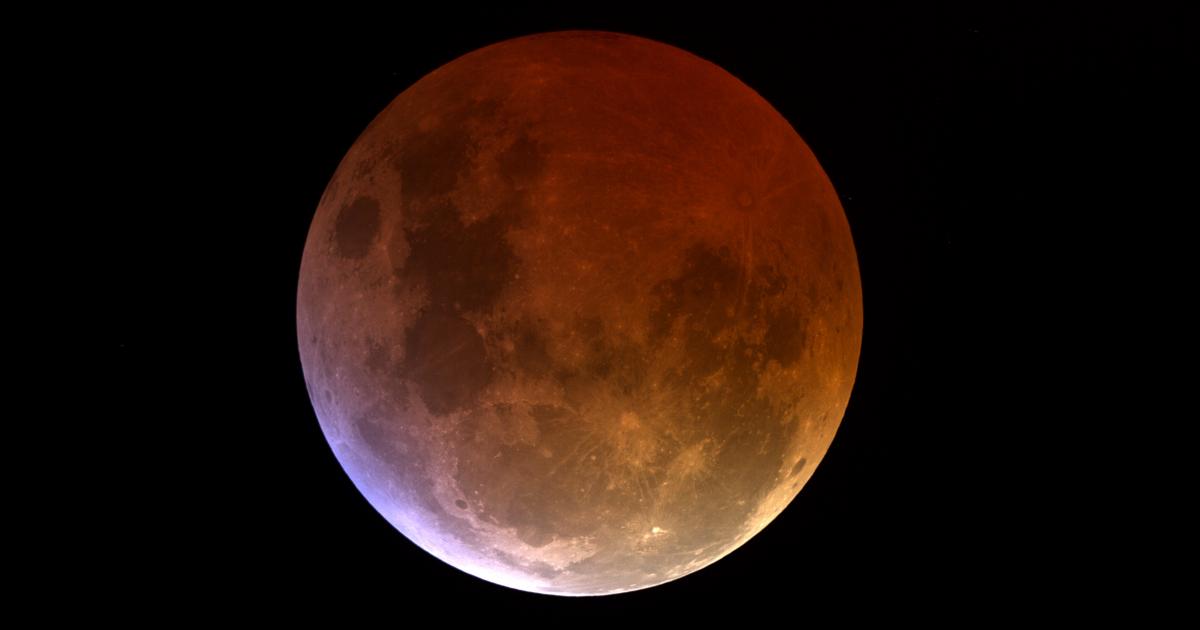Nigeria News
Researchers Give Reasons Why Moon Is Shrinking

A groundbreaking study by researchers at the University of Maryland has unveiled that the moon is gradually shrinking, a phenomenon that could potentially endanger astronauts on future lunar missions.
The findings indicate that the moon’s core cooling has resulted in a reduction of its circumference by approximately 100 meters over several hundred million years.
This contraction of the lunar surface is not only a fascinating discovery but also a cause for concern, particularly for planned missions to the moon’s south pole, a region identified for NASA’s ambitious Artemis III crewed landings.
The study highlights that the shrinkage is responsible for significant surface distortions and an increase in landslide occurrences, factors that could complicate safe landings and operations on the lunar surface.
Moreover, the presence of seismic activities, commonly referred to as moonquakes, further exacerbates the risks.
These geological events are closely associated with the moon’s contraction and occur near fault zones, areas that are now considered hazardous for human exploration.
The study co-author, Thomas Watters from the National Air and Space Museum said, “The global distribution of young thrust faults, their potential to be active and the potential to form new thrust faults from ongoing global contraction should be considered when planning the location and stability of permanent outposts on the Moon.”
In the new study, researchers linked faults located in the Earth’s natural satellite southern polar region to one of the most powerful moonquakes recorded by Apollo seismometers over 50 years ago.
They discovered that some parts of the moon’s south pole were particularly vulnerable to landslides from seismic shaking.
But unlike earthquakes, which last only a few seconds, moonquakes could last for hours and even a whole afternoon, meaning these shallow quakes can devastate future human settlements.
This is because the moon has loose sediment on its surface formed from billions of years of asteroid and comet collisions.
Nicholas Schmerr, another author of the study, said, “You can think of the moon’s surface as being dry, grounded gravel and dust. Over billions of years, the surface has been hit by asteroids and comets, with the resulting angular fragments constantly getting ejected from the impacts.
“As a result, the reworked surface material can be micron-sized to boulder-sized, but all very loosely consolidated. Loose sediments make it very possible for shaking and landslides to occur.”
NASA hopes to launch its first crewed flight to the moon in more than five decades as part of the Artemis mission in late 2024.
CNN said that with plans evolving to establish a long-term presence on the lunar surface, ultimately, researchers hope to scope out the moon further to identify more locations that may be dangerous for human exploration.
Dr Schmerr said, “This work is helping us prepare for what awaits us on the Moon – whether that’s engineering structures that can better withstand lunar seismic activity or protecting people from really dangerous zones.”


